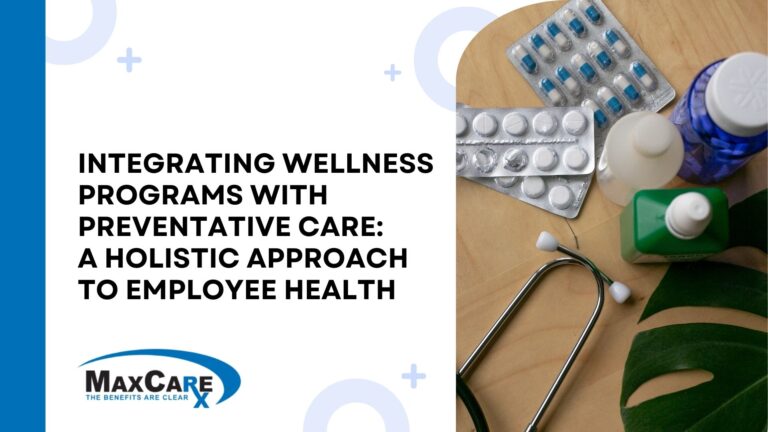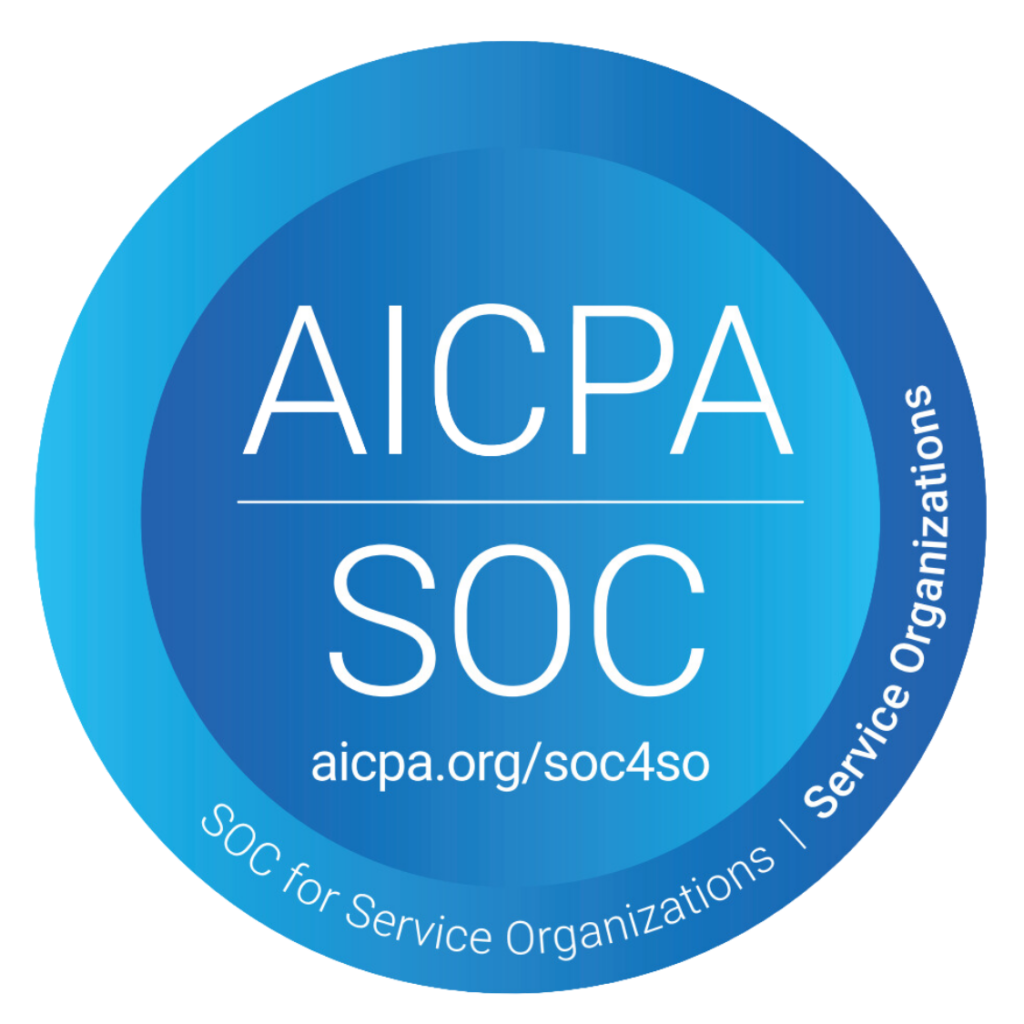The diverse approaches to pharmacy practices in the United States and abroad reflect deeper healthcare system structures. In many industrialized nations, healthcare operates under universal coverage, whereas the U.S. maintains a blend of private and public payers, leading to distinct pharmacy operations. We’re here to navigate through the comparison of pharmacy landscapes between the United States and its peer industrialized nations.
International Healthcare Systems and Pharmacy Practices
Different healthcare systems around the world approach the negotiation and payment for pharmaceuticals in various ways. A comparison between systems such as those in the United Kingdom, Canada, Germany, Denmark, and the United States reveals the diverse mechanisms and authorities involved in setting drug prices.
United Kingdom’s National Health Service (NHS)
In the United Kingdom, the National Health Service (NHS) is a single-payer system financed by the government through taxation. The NHS acts as a central purchasing entity with the authority to negotiate pharmaceutical prices on behalf of the entire population. The National Institute for Health and Care Excellence (NICE) assists by reviewing new medications for cost-effectiveness, providing guidance that helps the NHS in its goal to secure value for money in drug purchasing.
Canada’s Provincial Health Plans
Canada features a healthcare system where the provinces and territories individually provide public health insurance. Drug pricing negotiations occur at the provincial or territorial level, with federal oversight provided by the Patented Medicine Prices Review Board (PMPRB), which aims to prevent excessive pharmaceutical pricing.
Germany’s Krankenkassen (Sickness Funds)
Germany’s healthcare system employs a statutory health insurance model through Krankenkassen, or sickness funds, which cover health services for the insured. These sickness funds engage in collective negotiations with pharmaceutical companies, gaining bargaining advantages that help to manage drug costs. The Federal Joint Committee (G-BA) and the Institute for Quality and Efficiency in Health Care (IQWiG) evaluate new medications, contributing to pricing strategies based on therapeutic value.
Denmark’s National Health Insurance
Denmark’s health insurance operates under a national system where the government regulates both healthcare provision and financing. This arrangement allows for centralized control over pharmaceutical pricing. The nation’s approach provides a unified market for pharmaceutical companies, potentially enabling more streamlined negotiations and cost-effective medication procurement.
The U.S. Multiple-Payer System
Contrasting with these systems, the United States employs a multiple-payer model that encompasses a variety of private insurance companies and public programs such as Medicare and Medicaid. The multitude of payers in the U.S. may result in a spectrum of pricing outcomes across different plans and regions. This system, characterized by its diversity and decentralization, does not have a single national entity with unified purchasing power over pharmaceutical negotiations.
Understanding Pharmaceutical Costs Across Different Health Systems
The field of global healthcare sees a variety of factors influencing pharmaceutical costs, closely tied to each nation’s specific policies and regulatory frameworks. These elements provide a diverse array of approaches to managing the economic aspects of medication accessibility and healthcare delivery.
Market Dynamics in the U.S.
In the U.S., the complexity of the healthcare market is a defining feature of the pharmaceutical industry. A combination of private insurance companies alongside public entities such as Medicare and Medicaid leads to a multi-faceted negotiation environment. This set-up encourages a range of price points owing to different negotiating strategies and capabilities, which can cater to the varied demands and preferences within the healthcare system.
The U.S. also has a system that promotes innovation through a period of market exclusivity for new drugs, showing a commitment to supporting the pharmaceutical industry’s research and development endeavors. This approach aims to deliver new and effective healthcare solutions that can have a global impact.
Centralized Negotiation in Other Healthcare Systems
Healthcare systems with centralized components often establish frameworks that enable government bodies to negotiate pharmaceutical prices. This is frequently done to achieve cost savings and increase access for their populations through the use of collective bargaining power. Different nations have their own unique systems in place to address these tasks:
Canada’s Approach to Drug Pricing
Canada’s healthcare system is publicly funded but is administratively decentralized, with each province and territory responsible for its own healthcare plan. However, these provinces and territories collaborate through the Pan-Canadian Pharmaceutical Alliance (pCPA) to negotiate drug pricing with pharmaceutical companies. The intention is to leverage this collective bargaining capacity to ensure better value for brand-name and generic drugs under public drug programs.
Additionally, federal oversight is provided by the PMPRB, which has the mandate to ensure that prices charged for patented drugs are not excessive, thus complementing the efforts at the provincial and territorial levels.
Germany’s Pharmaceutical Pricing System
Germany’s health insurance is comprised of a range of sickness funds under statutory health insurance. These sickness funds negotiate collectively with pharmaceutical companies through the Association of Statutory Health Insurance Funds. The pricing of new drugs typically starts with the initial price set by the manufacturer.
Subsequent to market entry, the price is subject to negotiation after a benefit assessment conducted by the G-BA, with analytical support from the IQWiG. This evaluation considers whether a new drug offers additional benefits over existing therapies, influencing its pricing.
Pharmaceutical Pricing in the UK
The NHS in the United Kingdom is a centralized system that is government-funded. The NHS employs several mechanisms for drug pricing, aiming to achieve suitable value for the money spent. The National Institute for Health and Care Excellence (NICE) is instrumental in this context, appraising new medications by examining their cost-effectiveness and medical efficacy.
NICE’s methodology involves the use of Quality Adjusted Life Years (QALYs) to assess the health benefits of treatments relative to their cost. Effectiveness and value are key considerations for recommendations made by NICE, which oftentimes influence drug companies to enter into pricing agreements with the NHS that may involve special terms such as discounts or rebates.
Denmark’s Free-Market System
Denmark’s pharmaceutical pricing operates under a market-based system where drug manufacturers have the liberty to determine the initial prices of their products. This system is supervised by the Danish Medicines Agency, a branch of the Ministry of Health, which monitors medication prices to ensure they stay within a reasonable range. Along with this oversight, the Danish market is characterized by its transparent practices, with all medication costs being publicly accessible.
The affordability of medications in Denmark is also supported by the presence of generic drugs in the market. These generics, which are priced lower than their branded counterparts, become available after the expiration of original drug patents, providing cost-effective alternatives for patients. Additionally, Denmark employs a progressive reimbursement model for prescription drugs; individuals receive financial support for their medical purchases, with the level of reimbursement increasing as their annual medication expenses rise, providing more significant assistance to those with substantial medical costs.
The decision-making process regarding which medications are made available in hospitals and regions is informed by cost-effectiveness assessments conducted by the Danish Health Authority.
Regulatory Landscape for Pharmaceutical Marketing
Regulatory environments across the globe affect drug prices, particularly in the area of pharmaceutical marketing. The U.S. stands out for permitting direct-to-consumer advertising, a method designed to enhance patient awareness and encourage dialogue with healthcare providers regarding treatment options.
In other nations, pharmaceutical marketing typically targets healthcare professionals, with the objective to safeguard clinical decision-making prioritized over promotional activities. This emphasis aims to steer medication choices toward the best interests of patients based on medical knowledge and best practices.
Evolving Pharmaceutical Strategies in the U.S.
The U.S. continues to refine strategies to balance drug cost management with maintaining high-quality healthcare services. Tactics such as adopting generic drugs post-patent, negotiating improved rebates, implementing effective formulary management, and pursuing value-based purchasing agreements play a vital role in this effort. These strategies reflect the ongoing commitment to achieving greater transparency, affordability, and overall value in the healthcare system.
The Role of Community Pharmacies
In the United States, community pharmacies have expanded their traditional role significantly. They not only dispense prescription medications but also offer over-the-counter drugs, provide expert medication counseling, and manage medication therapy. In recent years, many community pharmacies have added services such as immunizations, health screenings for conditions like diabetes and high blood pressure, and wellness programs to their repertoire. These enhanced services contribute to a more preventive approach in community healthcare, often enabling early detection and management of health issues.
Similarly, in the United Kingdom, community pharmacies are integrated into the broader public health strategy. They often collaborate with the NHS to deliver services that align with national health objectives. This includes smoking cessation programs, alcohol screening, and interventions, as well as supporting the management of long-term conditions. The role of community pharmacies in the UK helps in bridging gaps in healthcare, ensuring that patients have access to essential services in a timely and convenient manner.
Across many countries, community pharmacies are appreciated for their ease of access. They extend beyond the role of a dispensary to become healthcare anchors within their communities. Pharmacists offer professional guidance, helping patients understand their medications, advising on minor ailments, and ensuring the safe use of prescribed treatments. This not only aids in enhancing medication compliance but also addresses the broader aspects of patient health, often leading to improved clinical outcomes.
Community pharmacies also facilitate public health campaigns, contribute to health promotion, and act as a resource for local health information. They play a pivotal role in extending healthcare’s reach, especially in areas where other health services may be limited. This unique position allows them to significantly impact public health efforts, from flu vaccinations to disease awareness initiatives.
The U.S.: An Epicenter of Healthcare Innovation
The U.S. pharmaceutical industry is a powerhouse of research and development, spurring advancements that resonate worldwide. The country’s commitment to fostering innovation has led to groundbreaking treatments and technological advancements in pharmacy practices. Such a dynamic ecosystem stimulates not only American healthcare but also propels global health forward.
As we observe the pharmacy landscape across the U.S. and its international counterparts, it becomes clear that while the systems differ, each has its strengths contributing to the broader objective of effective patient care. Understanding these comparative landscapes enriches the outlook for healthcare stakeholders, including self-funded employers, brokers, TPAs, and PBM consultants, as they navigate the complex world of pharmacy benefits and healthcare provision.
The U.S., with its innovative spirit, continues to influence global pharmacy practices, while absorbing lessons from the centralized approaches of its peers, striking a balance between cost-efficiency and forward-thinking healthcare solutions.



